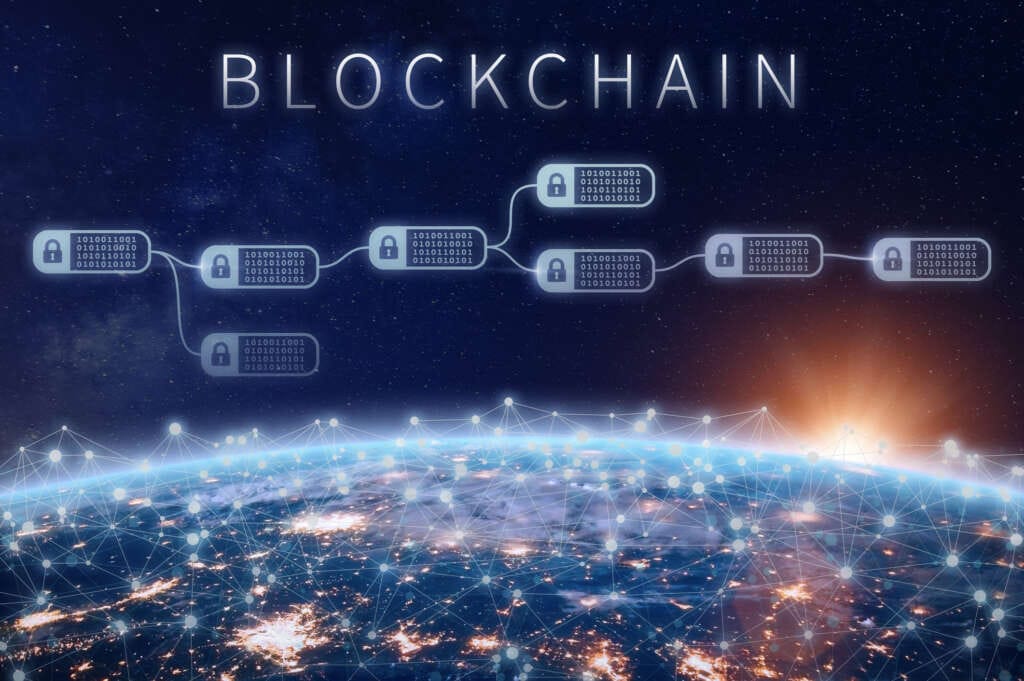
What is blockchain technology and how can it be applied to the voluntary carbon market?
Ela Khodai from Toucan Protocol
A blockchain is essentially a decentralized and distributed digital ledger that records transactions in a secure and transparent manner. Blockchains are an exciting technological innovation that has the potential to transform various industries, including the voluntary carbon market (VCM). In this article, we will explore what blockchain technology is, and how its applications can improve the VCM.
Blockchain technology explained
A blockchain can be described as a public database that allows everyone to view existing information, or to record new data. When an update to the blockchain (a “transaction”) is initiated, this transaction is broadcasted to the network of computers. The computers then work to verify this transaction and add it to the blockchain. Once all computers in the network “agree” on a piece of information to be added, that piece of information becomes a permanent part of the blockchain that cannot be erased or altered by anyone. Each new block of information contains a unique code (called a “hash”), which is linked to the previous block, thus creating a chain of blocks. Blockchains can be used in various industries to track ownership, automate processes, and ensure transparency and security.
Applying blockchain technology in the Voluntary Carbon Market
The voluntary carbon market serves as a vehicle to drive money to projects and initiatives that are actively reducing carbon in the atmosphere, and it plays an important role in helping us reduce greenhouse gas emissions and combat climate change. Each carbon credit is a certificate that represents a certain amount of carbon dioxide that has been prevented from entering the atmosphere. Organizations and individuals can purchase carbon credits to compensate for their emissions, or to participate in climate action. Blockchain technology can be applied to carbon markets and has the potential to improve them in several ways.
These include:
- Tokenization of Carbon Credits: Carbon credits can be tokenized. Tokenization essentially refers to the process of creating a digital entry out of a conventional certificate. Digital certificates (tokens) can be directly bought and sold by everyone on blockchain-powered marketplaces, which makes it easier for individuals and businesses to directly participate in climate finance.
- Better tracking of carbon credits: Blockchain technology can be used to track the ownership and movement of carbon credits in a transparent and secure manner. This can help prevent fraud, double-counting, and greenwashing attempts, and ensure that carbon credits are being used for their intended purpose.
- More efficient markets: Unlike in traditional markets, intermediaries are not needed in blockchain transactions, as buyers and sellers can interact directly. The result: faster and cheaper transactions. Additionally, the risk of fraud is reduced, as no one needs to rely on a third party. This point is especially valuable in carbon markets, as brokers often charge high fees for their services.
- Price discovery: Since all transactions are public, price discovery is possible, and buyers and sellers can better estimate which prices are fair for which type of carbon credit.
- Fractionalization: Tokenization allows carbon credits to be broken down into smaller units, just like how a dollar can be broken into cents. Fractionalized carbon credits are especially interesting for consumers in industries like retail and transportation, as they have a need to buy and retire smaller units of carbon credits. For example, a clothing company could offset carbon emissions for a single t-shirt, by purchasing a sub-tonne carbon credit.
- Automated climate action: Smart contracts are a key value proposition of blockchains. They are essentially self-executing computer programs that take action when certain conditions are met. When we apply this to the voluntary carbon market, we can use smart contracts to automate the process of buying and retiring carbon credits with every transaction, which results in scalable and constant climate action.
- Decentralized Verification: Blockchain technology could allow for the decentralized verification of carbon credits, which would eliminate the need for centralized authorities to evaluate carbon credits. This would help reduce the cost and complexity of the verification process and make it easier for new carbon project developers to bring their credits to market.
Conclusion
In conclusion, blockchain technology has the potential to transform various industries, including the voluntary carbon market. It can be used to track the ownership and movement of tokenized carbon credits, provide a more democratized approach to climate finance, automate the process of retiring carbon credits, and potentially even decentralize the verification process. By leveraging the power of blockchain technology, we can introduce exciting ways to help scale climate finance in order to address climate change on a global level.


